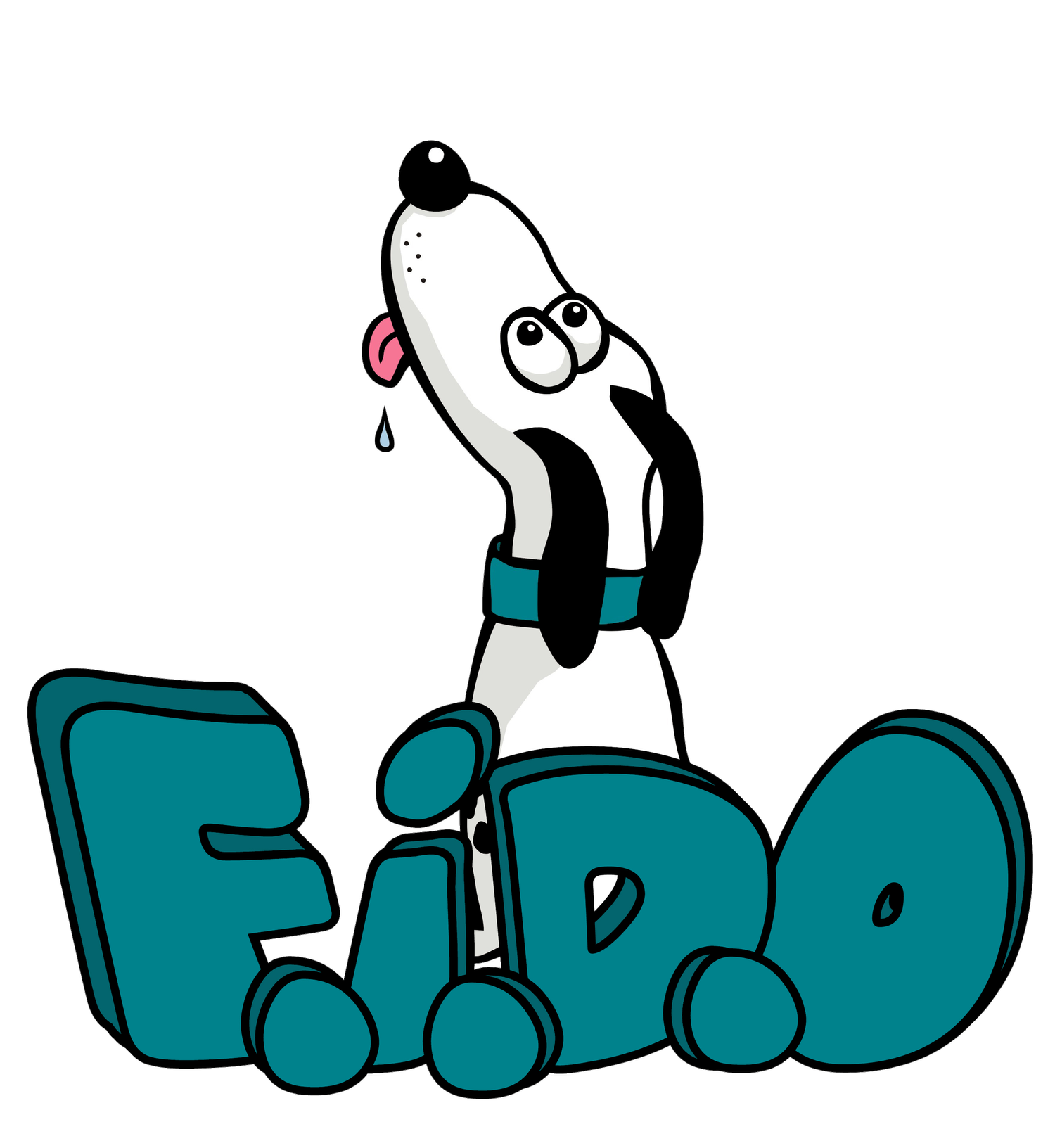9 common mistakes to beware of when dog training
Having worked as a dog trainer and behaviourist for many years now, it is so clear to me that building your relationship with your dog on a strong foundation of mutual understanding and respect, is key to bringing up balanced, happy and fulfilled dogs. You don’t need to train your dog to a high level of obedience if that’s not your thing, but if you share a good positive relationship, he will be happy and fulfilled when pleasing you and want to do more.
If you decide to do formal training with your dog though, here are my thoughts of 9 issues to avoid when you start training.
Don’t expect too much too soon from your dog. It can take a while for what you are asking to sink in, and for some exercises, dogs need maturity and lots of practice.
Avoid punishment if you want your dog to learn quickly and to bond well with you. Negative methods will frighten most dogs. Some become stubborn and difficult to communicate with and may even eventually react with aggression. Dogs trained using positive reinforcement methods learn quickly, permanently and enjoy the process.
Don’t use treats for ever, once your dog knows an instruction. Phase treats out over time and replace them with what are called ‘life rewards’, like praise, play and affection. These work just as well ultimately and it’s quite possible to use them from the start with some dogs.
One of the biggest mistakes many people make in training is too much repetition of the cue. This happens when the dog doesn’t respond quickly enough the first time, so the cue is repeated until he performs the action. What this is actually teaching him is that he doesn’t need to obey you until he hears the final cue, and he may even expect to hear them all every time. Instead of doing this, gain your dog’s attention first, ask him to do something for you once, and wait. I often wait as long as 4 seconds before repeating a cue of necessary, as well as using a hand signal to help my dog to respond.
Be consistent with your requests. Don’t use different cues or different hand signals sometimes. It’s like suddenly talking to your dog in a foreign language.
Be patient with your dog. There will be times when you’ll think he will never listen or learn. If you are having a frustrating time with training, end the session with a simple cue so that you can praise your dog, and then take a break. The next time you practise will be quite different.
Be careful not to poison the cues you are using. This can happen if you accidentally associate a cue with something unpleasant to your dog. Say, for example that you are calling your dog to come to you and then you plonk him in a bath, which he hates. He will think twice about coming the next time you call! Try to think in advance about how your dog will feel and use a different cue or go to him and help him to understand you. When it’s bath time in my house I go to my dogs and bring them inside before I give them any clues as to what’s about to happen.
If you find yourself repeating the same methods over and over again, and your dog isn’t doing what you ask, stop! Try a different approach if your dog really can’t respond. It makes both of your lives much less stressful and will work so much better.
If you are in a bad mood, feeling really frustrated or something worrying has happened, your dog will know that something is up. This is not the time to dive into a training session. You run the risk of confusing your dog, losing your temper and getting it all wrong. It’s probably better to take a walk instead and clear your head.
